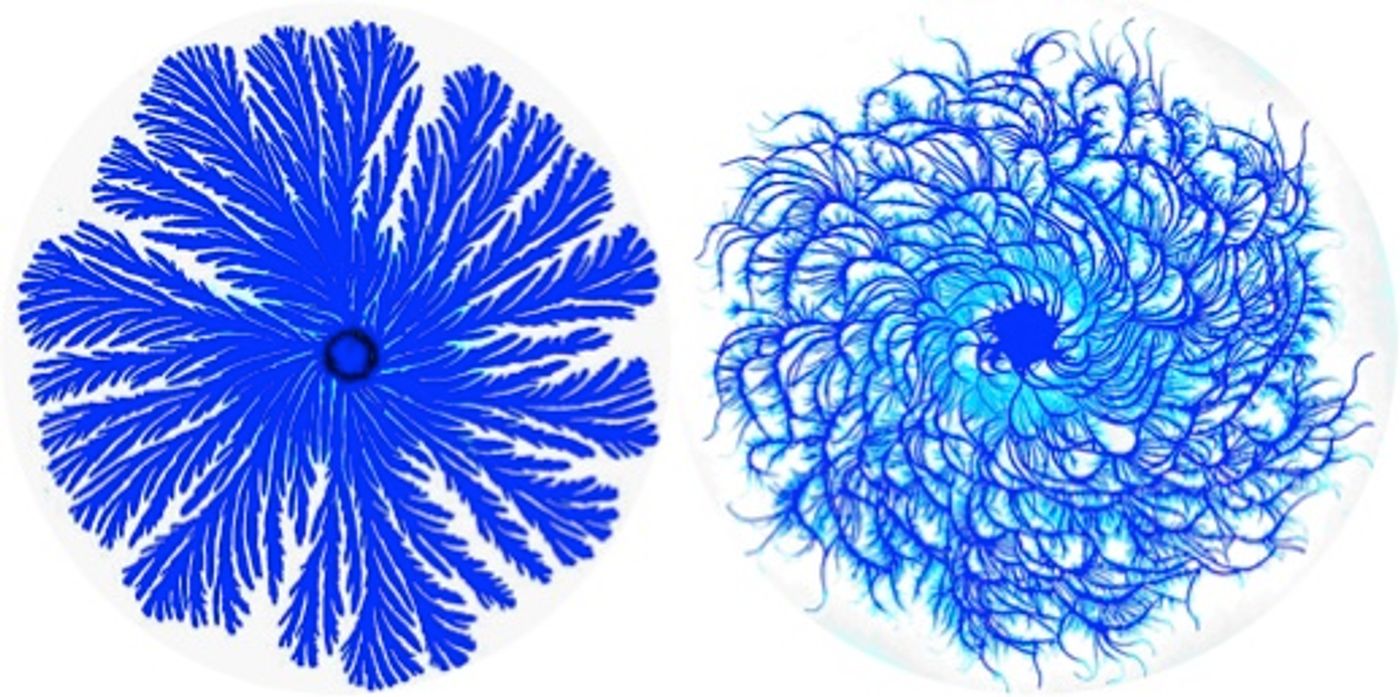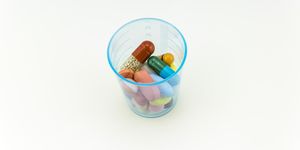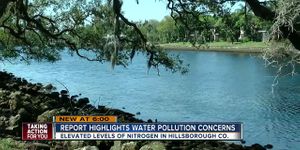Better Know a Microbe: Paenibacillus
Last week, I shared a story about how antibiotics are affecting honeybees. Honeybees are susceptible to a bacterial infection called American Foulbrood; this is why hives are often exposed to antibiotics.
This week, I wanted to take a closer look at the bacterium that causes foulbrood - Paenibacillus larvae.
P. larvae is a rod-shaped, spore-forming anaerobe. The spores can hide out in the environment for decades, transitioning to the vegetative form when conditions are just right. Paenibacillus bacteria were originally placed in the genus Bacillus. Actually, virtually all rod-shaped, spore-forming bacteria were once placed in Bacillus. The name Paenibacillus comes from the Latin for “almost Bacillus” (creative, eh?).
Way back in 1907, researchers used Koch’s postulates to demonstrate that P. larvae (then called Bacillus larvae) was the cause of American Foulbrood (AFB). And you thought Koch was just some old dead guy you learned about in high school!
AFB is the most widespread of bee brood diseases (don’t confuse this with European Foulbrood, which is caused by a different bacterium). AFB is often detected because of its distinct smell (maybe that’s how it got its name?). P. larvae infects larvae that are up to 3 days old. The helpless little guys become infected by ingesting spores that are in their food. Interestingly, the spores can’t germinate in larvae that are over 3 days old. Very young larvae (less than 24 hours old) are most susceptible to the disease.
Once ingested, the spores germinate in the larva’s gut - the vegetative form essentially eats the larva from the inside out (eek!). In the process, millions of new spores are produced - a dead larva contains somewhere around 100 million spores (wow!). Unfortunately for the bees, it only takes about 35 spores to initiate the disease in a new hive.
When bees come into contact with spores in an infected part of the honeycomb, they inadvertently distribute the spores to other parts of the colony (oops!). Any nectar stored in contaminated cells will also become contaminated with spores, helping to spread the disease. What’s more, if a colony is significantly burdened by disease, so-called robber bees will swipe honey from the weakened bees. What the robbers don’t realize it that they’re spreading the infectious spores to their own colony.
Okay, so how can you treat AFB? Drugs like oxytetracycline hydrochloride or tylosin tartarate can keep the spores from developing into vegetative cells. In most cases, though, infected hives must be burned. Alternately, beekeeping equipment, honey, and pollen can usually be sterilized successfully with ethylene oxide gas.
P. larvae doesn’t just plague honeybees, it is (under special circumstances) also a human pathogen. The CDC issued an interesting report on P. larvae bacteremia in IV drug users. Methadone hydrochloride is often prescribed to drug users as an opioid substitute. In these cases, pharmacies mix the methadone with honey so that it can be taken orally. Unfortunately, honey is sometimes contaminated with our little friend P. larvae. Also unfortunately, people sometimes inject the honey mixture instead of ingesting it orally. Voila! That’s a great way to get P. larvae bacteremia.
Paenibacillus isn’t all bad, some species are of commercial importance (we humans have a real knack for exploitation). P. polymyxa is used in agriculture as a type of “plant growth-promoting rhizobacteria.” These bacteria protect plant roots from other pests by competing for iron, sugars, and other nutrients. Some species also produce antibiotics that kill competing bacteria. They are also “biofertilizers” because they can solubilize phosphate and fix nitrogen for the plant.
Polymyxins and fusaricidin antibiotics were actually isolated from P. polymyxa. Paenibacillus also produces exopolysaccharides and enzymes that are used in detergents, cosmetics, and biofuels. What’s more, there’s some evidence that these exopolysaccharides have antioxidant and antitumor properties. Most species also produce enzymes called mutanases that actually help reduce tooth decay!
Last, but not least, different species of Paenibacillus produce highly complex colonies. The so-called pattern forming species grow in colonies with branching and chiral morphotypes (the latter produce curly branches with defined handedness). Basically, these colonies look really cool.
See? Paenibacillus is pretty neat!
Sources: Wikipedia, Emerging Infectious Diseases, Microbial Cell Factories, University of Georgia









